07/25/2021 – It seems it has been raining here in Maine for weeks. Not really, it just seems that way. But I have had the misfortune of not being able to mow the long, or seal the deck, or weed the garden. As an upside, the anti squirrel bird feed and custom chipmunk baffle have keep the bird feeder to the birds, which is drawing the attention of the resident hawk. Not a great sight to see from my wife’s home office window. Fortunately, she is not squeamish.
I like not writing about not new model firearms. For me, most new cartridges are redundant to 100 + year cartridges. New firearm provide exceptional accuracy, even those that are budget priced, but the also bring more and more poly and MIM pieces and are typically not as aesthetically pleasing as earlier models. When on my own time, I tend to ignore the bleating opinions and criticisms of new gun owners, less than 20 year ownership and shooting, and work with what I enjoy and frequently use.
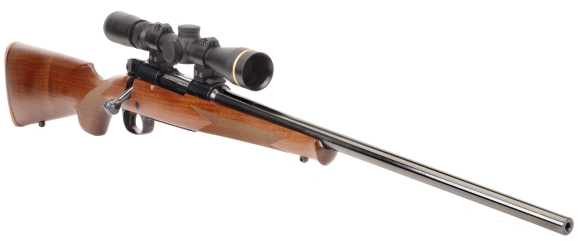
Ownership of this Winchester Model 70 Classic compact came after a move from California to Maine became imminent and a need to return to something other than magnum rifles became obvious. This one, a USRAC Winchester, was manufactured sometime between the internal management buy out of the New Haven, CT facility from Olin and the eventual acquisition by FN when USRAC went belly up.
The Winchester site references a Winchester Model 70 Classic Compact with an item number and at 6.0 lbs weight. The name is the same, the rifle is essentially the same, but it was produced by Winchester under FN ownership and has since gone out of production.
|
Winchester Model 70 Classic Compact |
|
| Manufacturer | USRAC – Winchester |
| Item Number | N/A |
| Type | SA – Bolt |
| Caliber | 243 Winchester |
| Mag Capacity | 4 |
| Barrel |
20″ |
| Rifling | 1:10″ |
| Weight | 6.5 Lbs |
| Overall Length | 39.5″ |
| Stock Material | Walnut |
| Hardware | Blued Alloy Steel |
| Length of Pull | 13.0″ |
| Drop at comb | 9/16″ |
| Drop at heel | 3/4“ |
| Sights | Clean |
| Scope Mounting | Drilled & Tapped |
| Trigger Pull |
5 Lbs. 2 Oz. |
| Safety | 3 Position – Swing |
| MSRP | Out Of Production |
Not a fancy firearm by any standard, but certainly a well finished hunting rifle, the Model 70 has also received a some finessing along the way. From the factory, the barreled action is cleanly polished, still retaining crisp edges and finished in a deep blue black oxide. The barrel crown is radiused to protect the bore at the muzzle, but not a recessed target crown. Markings are roll engraved, not photo etched. The action is spot glass bed at the receiver fasteners and recoil lug. The barrel floats in the stock’s barrel channel.
The stock geometry, no cheekpiece no Monte Carlo comb, is idea for a lightweight, compact rifle. The comb height and drop angle works well with my jug head to provide proper cheek support and eye to scope alignment.
The stock is narrow… ish, but profile is full size, which give a full surface to grasp at the front and a full height buttstock at the recoil pad. The grip radius provides good support and hand placement for a controlled trigger squeeze.
Not a great piece of walnut and the dawn of machine checkering. The walnut is clean; free of knots and checks and very straight grained. The aesthetic exceptions are a mid buttstock vertical strip and checkering cuts.
At 20 LPI, the checkering and checkering placement provide solid purchase. However, the diamonds are not flat and they kind of merge with the rest of the pattern. Functionally good, aesthetically not so much.
Every time this rifle is pulled from the safe, at least ten minutes are devoted to being annoyed with the stock and running a mental list of places that might make a pretty walnut stock the rifle deserves.
The swing safety is three position, silent and positive in engagement. The bolt leg length and angle require only natural hand motion to actuate and the knurled knob takes the slip out of the polished finish. I have more compact alloy mounts that get the scope closer to bore centerline but, again, my gourd head lines up right for the scope in this configuration.
Tool marks? What tool marks?
Like the receiver, the bolt is a one piece forging. The long claw extractor makes for a positive, controlled round feed system. A fixed blade ejector allows the shooter to determine the force of ejection. The tool marks on the bolt head are consistent with hand finishing manual machining on production firearms of that day. Ugly, but not functionally an issue. The Winchester has a fixed blade ejector, so force of ejection is controlled by the force the shooter applies when working the bolt handle during fired case extraction.
Not seen… An anti-bind slot, supporting and guiding the bolt in operation, is machined into the inside of the receiver. The action is a very tight fitting assembly. This model Winchester has a coned breech, a tapered machined area just in advance of the chamber, designed to guide the loading cartridge without damaging soft bullet tips, damage that could adversely effect accuracy.
A little finesse…
Because they were so butt ugly, both the cheesy plastic grip cap and crude aluminum trigger guard were replaced with a steel pieces.I still don’t understand why a relatively costly firearms would have such cheap parts. Charge the $15 parts cost difference.
The 243 deer slayer
Many people seem to have that opinion that the 243 Winchester is a marginal deer cartridge. It is not. In fact, it is a wildcat turned factory hot rod in the truest sense, the result of necking down the 308 Winchester to 0.243 caliber and placing light bullets ahead of a good deal of smokeless powder.
 My experience with the cartridge has been good. Using it mostly for deer and hogs, it has made solid one shot kills out to three hundred yards, but most inside one hundred yards. I have not used it for heavier game and I have not frequently used the 243 Winchester for varmint hunting. No particular reason than I have a favorite 7mm Rem mag for larger game and I like the economy of a .22 caliber centerfire cartridge for varmints, 22 Hornet to 220 Swift.
My experience with the cartridge has been good. Using it mostly for deer and hogs, it has made solid one shot kills out to three hundred yards, but most inside one hundred yards. I have not used it for heavier game and I have not frequently used the 243 Winchester for varmint hunting. No particular reason than I have a favorite 7mm Rem mag for larger game and I like the economy of a .22 caliber centerfire cartridge for varmints, 22 Hornet to 220 Swift.
Split them down the middle
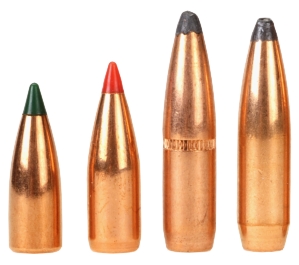
Since I am not writing this for me…. I already know what I think. It seemed reasonable to split the bullet applications, two varmint and two deer/hogs and similar. Above, left to right: Sierra BlitzKing 55 Grain #1502, Hornady V-Max 65 Grain #22415, Hornady BTSP 100 Grain #2453, Speer BTSP 100 Grain #1220.
Part II, well see if we can put together some components to optimize 20″ barrel 243 Performance, velocity and accuracy. Deer season is not that far away.


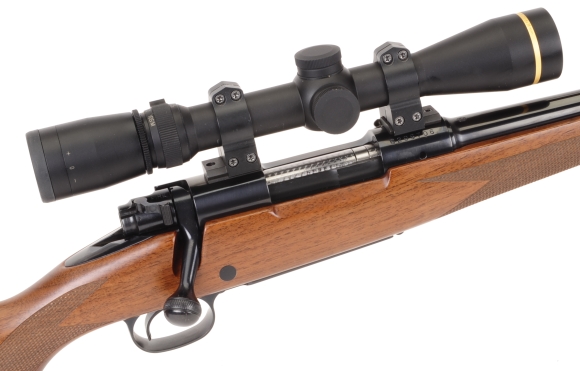
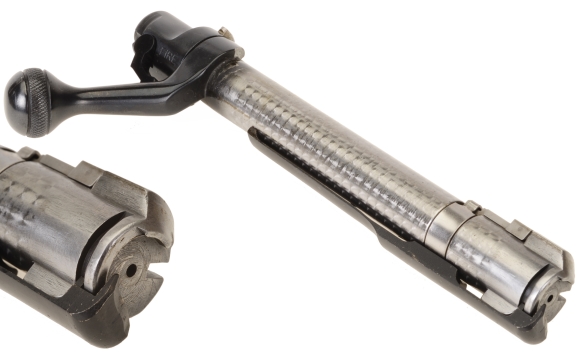
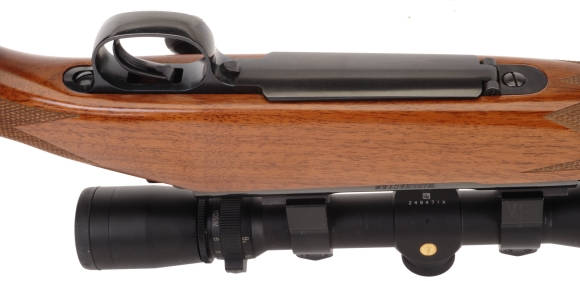
Email Notification